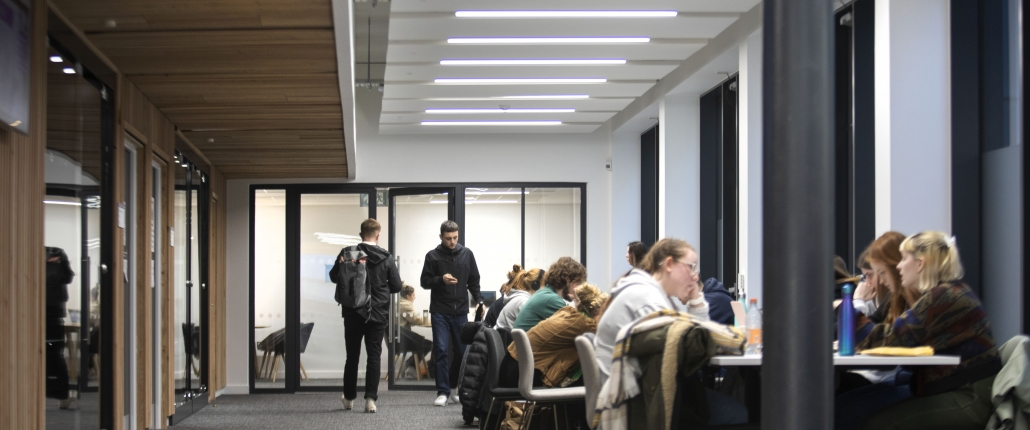Humanities Building, University of Bristol
Bristol
Project Details
Client
University of Bristol
Architect
ADP
Contractor
ISG Construction
Value
£9.8m
Contract Period
74-week programme
Form of Contract
NEC 4
GIFA
2,551 M2
Project Summary
The new state-of-the-art Humanities Building is located in the Arts Complex surrounded by a series of handsome of Victorian villas with Woodland Road nearby.
Surrounded by buildings with mixed ownership, this scheme has complex party wall challenges that were all fully investigated during the early design stage. In addition, the basement encompasses the entire footprint of the site, therefore effective logistics management is critical to the success of the build.
“I have much pleasure in welcoming you to the School of Humanities, a leading centre for teaching, learning and research the humanities located in the dynamic port city of Bristol.”
Community Engagement
Key Challenges
Restricted footprint
To overcome the restricted footprint, ISG is working closely with Bristol City Council Highways Department to create a traffic-controlled loading lane on the busy Tyndalls Road. This has enabled the efficient offload of materials via the site tower crane, which is of vital importance to the movement of materials around site.
Access routes
Access routes for site operatives are also carefully managed. The site office and welfare facilities are based in one of the existing villas and as progress on site continues, access routes for operatives are adapted to meet the demands of the project.
Impact on adjacent Grade ΙΙ listed villas
The original site comprises an existing single-storey building and external courtyard space, located behind the two main Grade ΙΙ listed villas.
This adjacency to existing buildings was immediately identified during the pre-construction phase as a key area of design risk, and early works involved re-evaluation of the basement perimeter, to increase the area between existing buildings and the boundary, whilst maximising the footprint to accommodate a lecture theatre, cinema, and plant room.
Vibration monitoring ensured piling works for both the contiguous wall and the basement floor, from which the steel frame is mounted, did not impact on adjacent properties too.
Basement design
As the Risk Schedule identified the basement design as the area of highest risk, ISG and the design team appraised various re-design options.
The priority was to re-design the basement perimeter, with the requirement to both minimise risk to adjacent properties and enable sufficient space to construct the retaining walls. By re-positioning the plant room and subsequent risers, whilst maintaining the position of the lecture theatre, adequate space was created.
Design of the retaining structure
With budget and programme constraints to consider, a hybrid solution was developed, which moved away from the simplest option of using contiguous piling in all three areas.
Retaining structure solutions:
- Contiguous pile wall to part of the perimeter as a retaining system for two sides of the lecture theatre on the North East of the site, this is pinned with free standing cantilevers
- Slope batters at 2.1m for remaining basement wall structure
- Waterproofed contiguous pile wall with masonry face, incorporating drainage gulley
- Precast wall favoured for remaining walls, with integrated damp proof membrane and stone backfill placed between the building’s steel frame structure
Project Takeaways
Our Success
Our Learnings
- The hybrid piling solution used adds to ISG’s knowledge base of implementing innovative ground engineering solutions; this learning will be communicated around the wider business.
Value Added
KPI’s & Statistics
Contact: Emma Bull, Framework Manager
Email: Emma.Bull@isgplc.com




